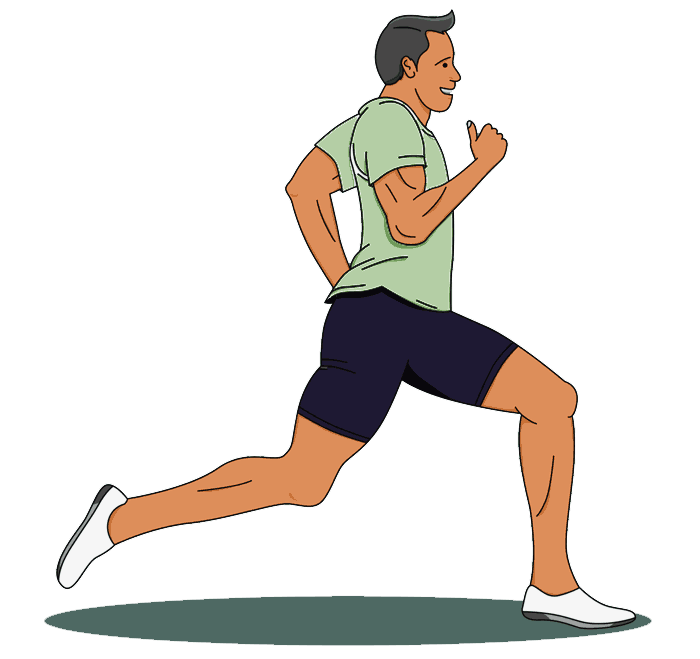A repeat sprint test of anaerobic capacity, involving ten 20m sprints performed every 20 seconds. There are many similar repeat sprint tests, with varying sprint distance and recovery times. See also the similar sprint fatigue test (10 x 30m sprints every 30 seconds), sprint recovery (6 x 30m sprints every 20 seconds) and phosphate recovery (7 x 7-second sprints with 23 seconds recovery) tests. The following protocol was described in the document Tennis Australia National Physical Performance Protocols (2013).
test purpose: this is a test of anaerobic capacity, the ability to recover between sprints and produce the same level of power repeatedly.
equipment required: 1 stopwatche and timing gates (or two stopwatches), measuring tape, marker cones, at least 20 meters of flat non-slip track. Timing gates are preferred for such short distance sprint tests as the margin of error can be significant.
pre-test: Explain the test procedures to the subject. Perform screening of health risks and obtain informed consent. Prepare forms and record basic information such as age, height, body weight, gender, test conditions. Measure and mark out the test area. Perform an appropriate warm-up (see warm-up for sprints). See more details of pre-test procedures.
procedure: marker cones, starting lines and timing gates are placed 20 meters apart to indicate the sprint distance. At the instructions of the timer, the subject places their foot at the starting line, waiting for the signal to 'go'. The stopwatch is started simultaneously with the first movement. The subject sprints maximally for 20m, ensuring that they do not slow down before reaching the end line. If a player's first sprint is not within 95 per cent of their previously recorded best 20 m sprint time, they will need to attempting the test again (after a 3-minute rest). If there are no timing gates, one stopwatch is used to time the sprint, the other continues to run. Record the time of the first sprint. The subject turns and makes their way to the end of the 20m track to run the next sprint in the opposite direction. Each 20-meter sprint starts 20 seconds after the previous run started. Players will be given a countdown with 10s, 3s, 2s and 1s remaining, before leaving on "Go". This cycle continues until ten sprints are completed, starting at 20 sec, 40 sec, 1 min, 1 min 20 sec, etc. after the start of the first sprint.

scoring: All sprint times are recorded, and a Total Time (for the 10 sprints) is calculated. The percentage decrement is calculated by the following formula: (Total Time – (Best time x 10)) / Total Time x 100
target population: this test is suitable for athletes involved in many multi-sprint sports such as tennis, basketball, hockey, rugby, soccer, AFL.
reference: National Physical Performance Protocols, published by Tennis Australia in 2013
Similar Tests
- Sprint recovery test — for AFL players, 6 x 30m sprints.
- Phosphate recovery test — 7 x 7-second sprints.
- FIFA interval test 1 — 6 x 40m sprints.
- RAST — 6 x 35m sprints
- Sprint fatigue test — 10 x 30m sprints.
- Cycling Repeat Sprint Test — a cycle test of anaerobic capacity, involving 5 x 6 second efforts every 30 seconds.
Related Pages
- Warming up for sprint testing
- Other anaerobic capacity tests
- Testing for intermittent sports
- Recovery methods after exercise


 Current Events
Current Events